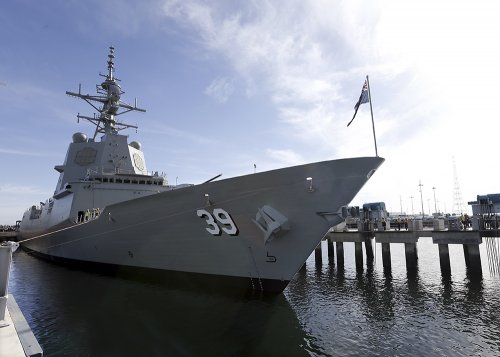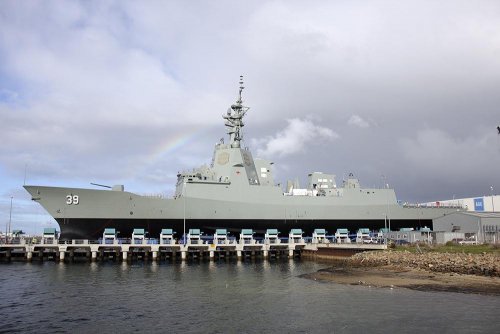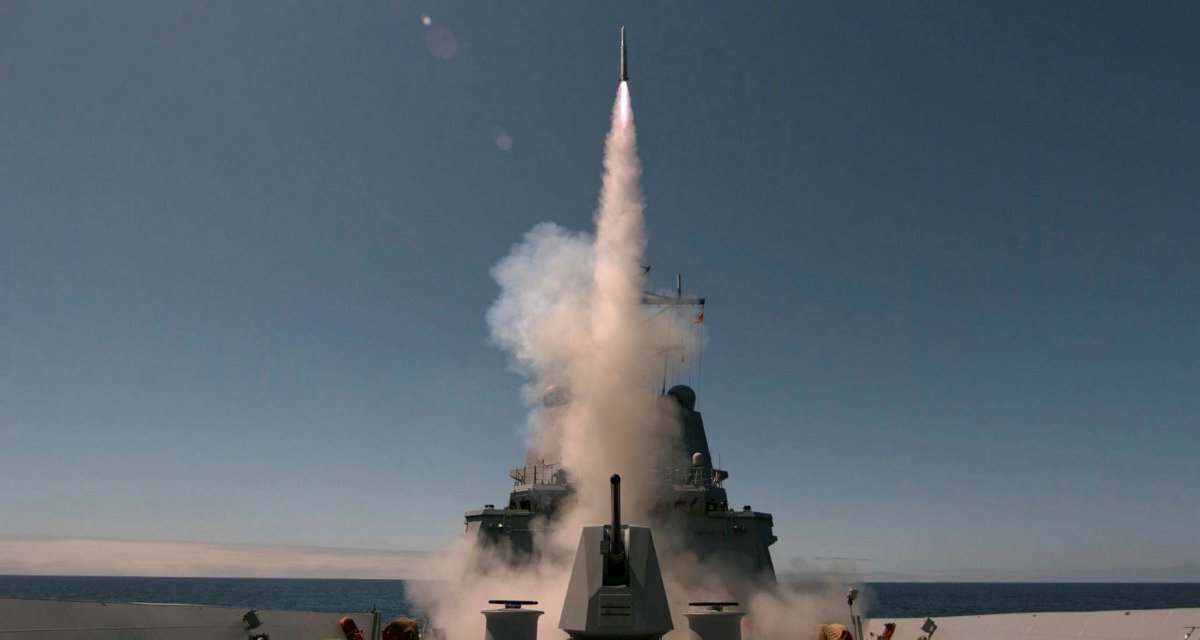Published on Jun 14, 2013
A computer-generated animation has been released today which highlights the multi-mission capability of the three naval destroyers being built as part of the Air Warfare Destroyer Project. AWD Alliance CEO Rod Equid said the animation will increase understanding of the exceptional capabilities available in the Hobart Class and provide an insight into how the ships can be used in-service.
http://youtu.be/kwUvIDyQACE
Source:
http://www.navyrecognition.com/index.php?option=com_content&task=view&id=1088
A computer-generated animation has been released today which highlights the multi-mission capability of the three naval destroyers being built as part of the Air Warfare Destroyer Project. AWD Alliance CEO Rod Equid said the animation will increase understanding of the exceptional capabilities available in the Hobart Class and provide an insight into how the ships can be used in-service.
http://youtu.be/kwUvIDyQACE
“The destroyers will provide the Royal Australian Navy with the most capable warships they have ever operated, with a sophisticated range of both offensive and defensive weapons,” Mr Equid said.
“They will be able to assume a leading Command and Control role with Australian and Coalition forces.”
“The animation will be shown to defence personnel and is also expected to be used for recruiting purposes to help attract people interested in joining the forces and serving on the ships in the future.”
Each AWD will be crewed by 180 men and women from the Royal Australian Navy, with initial training scheduled to start in early 2014.
The AWD Project is progressing well with the first destroyer, Hobart, now almost 50 per cent consolidated at Techport in Adelaide. Since September last year, 15 of 31 blocks have been joined or are in the process of being joined to form the rapidly growing structure.
It is expected that the consolidation of the entire hull will be complete early in 2014 with the launch planned for the second half of 2014.
The AWD project is the most complex naval ship construction program ever undertaken in Australia and is currently Australia’s largest defence procurement project. It is building Australia’s industry capability and skills in the naval shipbuilding sector for future naval shipbuilding projects.
Source:
http://www.navyrecognition.com/index.php?option=com_content&task=view&id=1088




